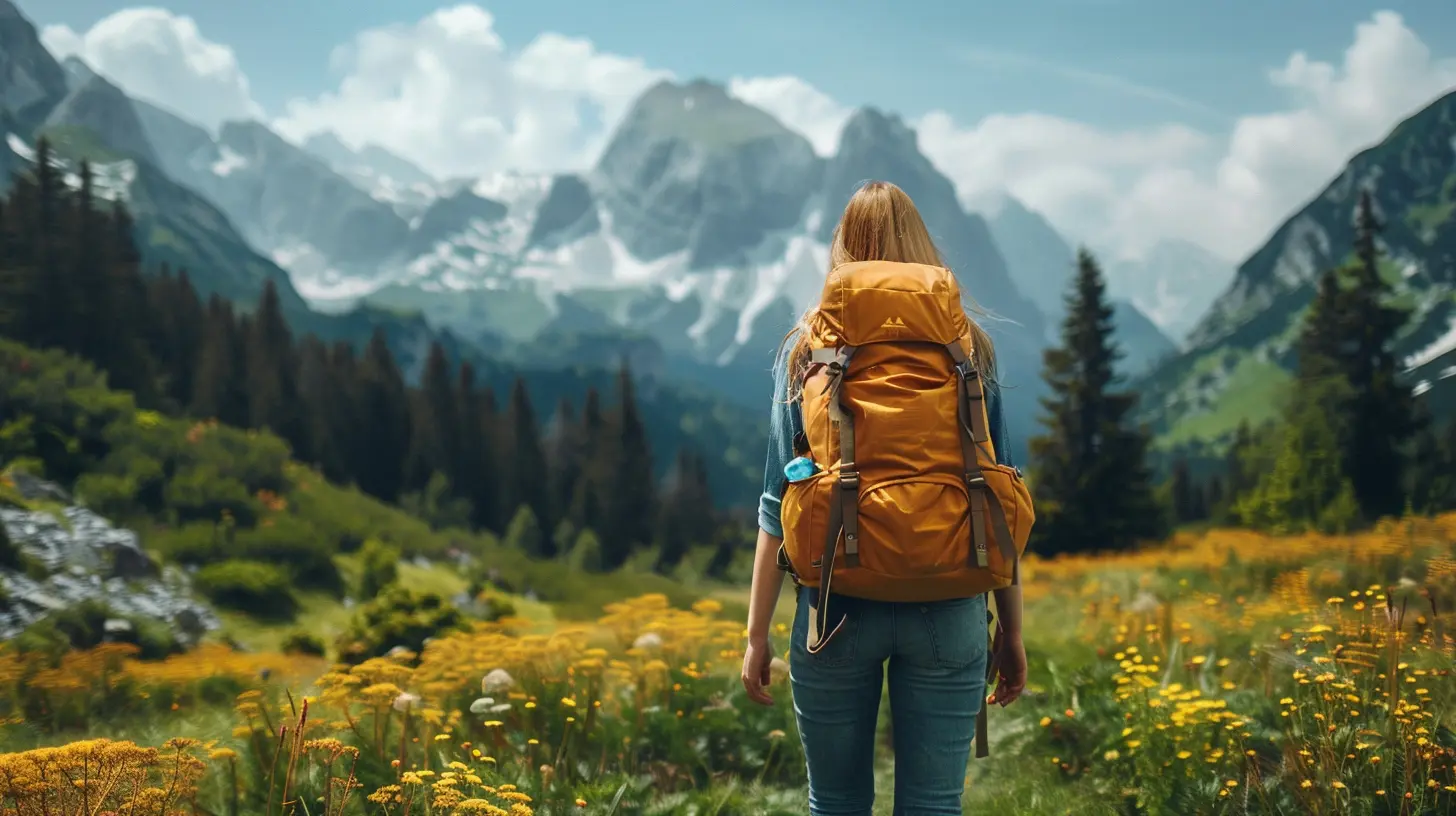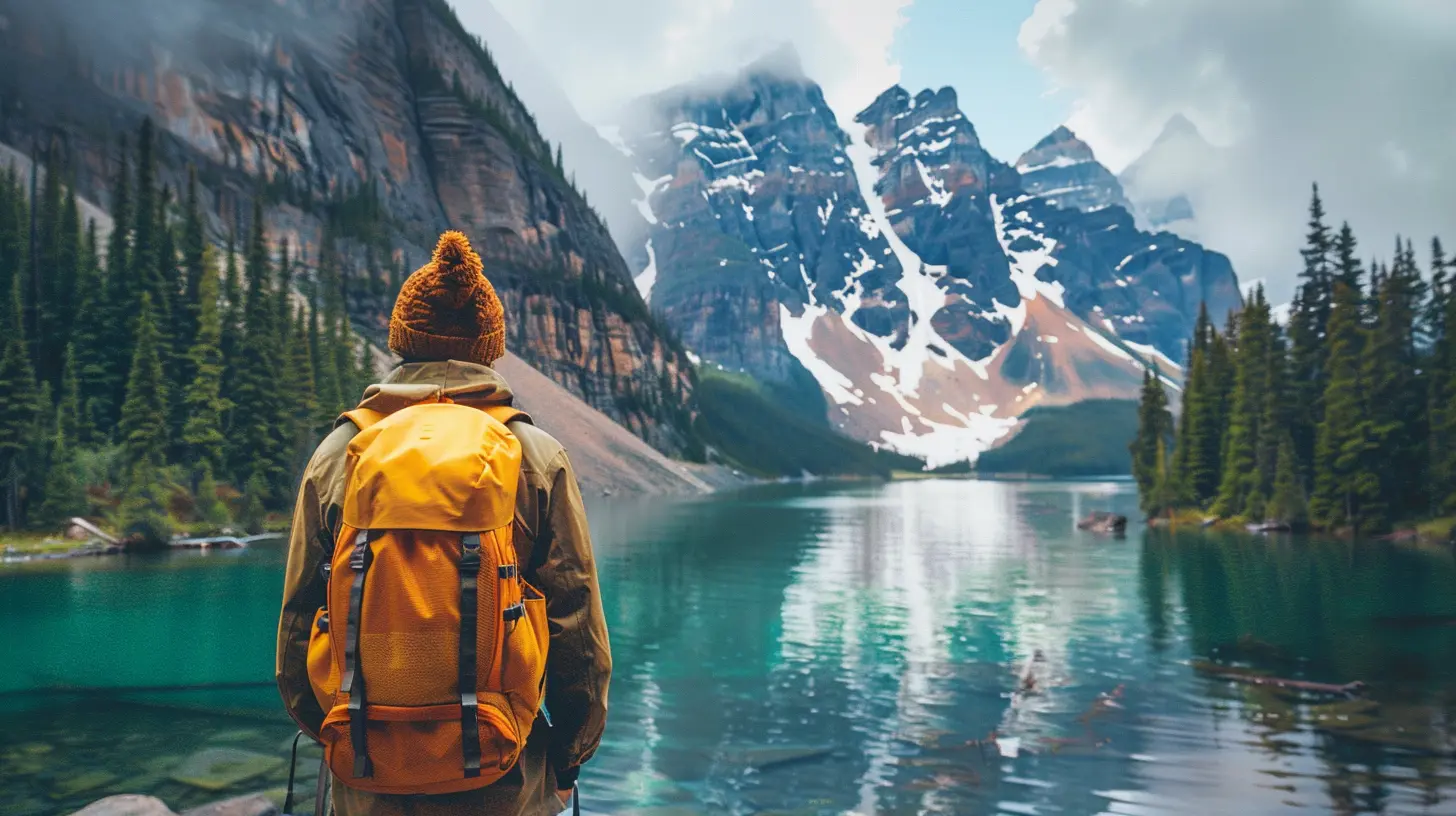9 April 2025
Nature has a way of calling to us. Whether it's the lure of towering mountains, the soothing whisper of rustling leaves, or the sheer bliss of a star-studded night sky, national parks offer an escape from the daily hustle. But with great adventure comes great responsibility. How can we enjoy these stunning landscapes without causing harm to the environment—or ourselves?
This guide will walk you through the best ways to explore national parks safely and sustainably, so you can immerse yourself in the wild while leaving nothing but footprints (and maybe taking some breathtaking pictures). 
Why National Parks Matter
National parks are more than just picture-perfect backgrounds for Instagram. They’re living, breathing ecosystems that house incredible wildlife, rare plant species, and geological wonders. These preserved lands also act as a sanctuary for people, offering a much-needed break from urban chaos.But here's the catch—our love for these places can sometimes put them at risk. Overcrowding, pollution, and careless behavior can damage fragile ecosystems. So, how do we strike that delicate balance between experiencing nature and ensuring its survival? 
Safety First: How to Explore Without Risk
Venturing into the wild isn’t without its dangers. Rugged terrain, unpredictable weather, and unexpected wildlife encounters can turn a pleasant hike into a survival situation. Here’s how to stay safe:1. Plan Ahead Like a Pro
Before you even step foot in a national park, do some homework. Check the park’s official website for alerts, trail closures, and weather conditions. Download maps and familiarize yourself with the terrain. Going off-trail without proper knowledge is like playing hide-and-seek with Mother Nature—you might win, but the chances aren’t in your favor.2. Pack Essentials (And Then Some)
There’s a reason seasoned hikers live by the "10 Essentials" rule. Bring:- A map and compass (even if you trust GPS)
- Extra food and water
- A first-aid kit
- Layers for weather changes
- Flashlight and extra batteries
- Fire-starting tools
- A multi-tool or knife
- Sun protection (sunscreen, sunglasses, hat)
- Emergency shelter (lightweight tarp or space blanket)
- A whistle or signaling device
Missing any of these? You might be setting yourself up for an episode of “Survivor: National Park Edition.”
3. Stick to Marked Trails
That tempting shortcut may look harmless, but it can lead to erosion, disrupt wildlife, or—even worse—get you lost. National parks design trails for a reason. Stick to them, and you’ll be doing nature (and yourself) a favor.4. Wildlife: Admire, Don’t Interfere
Seeing a bear, elk, or even a tiny chipmunk in its natural habitat is exhilarating. But remember—these animals aren’t Disney characters. Feeding them disrupts their natural behavior, and getting too close can turn dangerous for both you and them. Always observe from a distance and store food properly.
Sustainability: Leaving No Trace Behind
Now that we’ve covered safety, let’s talk sustainability. National parks belong to everyone (including future generations), so it’s on us to protect them. Here’s how you can be a responsible traveler:1. Follow The “Leave No Trace” Principles
This isn’t just a trendy phrase—it’s an essential code of conduct. The seven principles include:- Plan and prepare ahead
- Travel and camp on durable surfaces
- Dispose of waste properly
- Leave what you find
- Minimize campfire impact
- Respect wildlife
- Be considerate of other visitors
Simple? Yes. Effective? Absolutely.
2. Ditch the Plastic, Embrace Reusable Gear
Single-use plastics are a nightmare for the environment. Bring a reusable water bottle, food containers, and even a trash bag to carry out your waste. Bonus points if you pick up litter along the way!3. Camp Smartly and Responsibly
Campfires might be part of the classic outdoor experience, but they can also lead to devastating wildfires. Use designated fire pits or, better yet, opt for a portable stove. If you're camping overnight, choose sites that minimize environmental impact.4. Support Responsible Tourism
Want to make an even bigger impact? Donate to park conservation programs, volunteer for clean-up initiatives, or simply educate fellow travelers about sustainable practices. Every small action adds up.
Mindful Travel: Go Slow and Savor the Moment
In today’s fast-paced world, it's tempting to rush through a national park just to check it off the bucket list. But nature isn’t a race—it’s an experience.1. Choose Quality Over Quantity
Instead of cramming multiple destinations into one trip, take your time in a single park. Absorb its beauty, listen to its sounds, and connect with its essence. A slower pace allows for deeper appreciation and less environmental strain.2. Unplug and Tune In to Nature
Sure, snapping photos is great, but don’t forget to put your phone away and be present. Listen to birds, feel the texture of tree bark, breathe in the crisp air—immerse yourself completely.3. Travel Off-Peak to Reduce Overcrowding
Popular parks like Yellowstone and Yosemite can feel like amusement parks during peak season. Consider visiting during shoulder seasons (spring or fall) to enjoy a more peaceful and eco-friendly experience.Final Thoughts: Be a Guardian of the Wild
Exploring national parks is one of life’s greatest privileges. But with privilege comes responsibility. By practicing safety and sustainability, you’re not just protecting yourself—you’re protecting the land, the wildlife, and the experiences of countless adventurers to come.So next time you lace up your hiking boots and head into the wild, remember: the best explorers don’t conquer nature—they respect it.





Aaron Moore
Loved this article! It’s so important to enjoy nature responsibly. Your tips on safety and sustainability in national parks are super helpful. Excited to explore our beautiful wilderness with these guidelines in mind!
April 16, 2025 at 3:13 PM